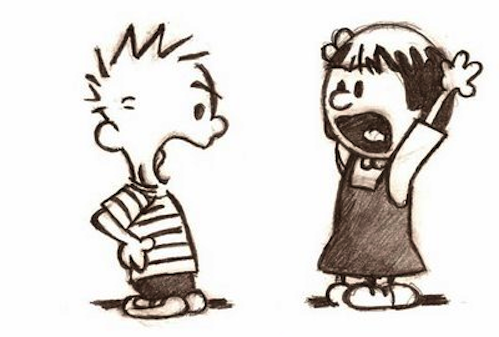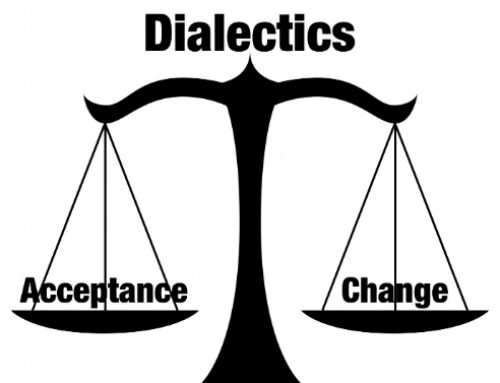2 Key Questions to Ask During Conflict
August 8, 2018
Categories: Conflict
When you are trying to work out a conflict with someone, it is helpful to ask yourself 2 questions. These questions focus on identifying and resolving the underlying needs that are fueling the conflict.
Let me explain a bit more about what I mean: Usually when we have a conflict or disagreement with someone, the conflict is at one level. I want this, and you want something different. Our wants seem incompatible with one another, so there is an impasse. We can’t seem to find a way to move forward.
Question #1: What is the Underlying Need?
This is the point where it is helpful to ask yourself the first question: What is my underlying need fueling my position in this conflict?
For example, maybe you have a need to feel safe or secure. Perhaps you have a need to feel powerful, autonomous, or in control. Maybe you have a need to feel loved or valued.
Once you have identified the underlying need fueling your position in the conflict, share it with the person you are in conflict with. Have the person listen and repeat it back to you to make sure they got it right. Then let the other person share their underlying need. Listen and repeat it back to them so they know you got it right.
Sometimes this is all that needs to happen for a conflict to resolve. For example, I was driving with a friend, and the friend asked if I would drive more slowly. I didn’t want to. We had a conflict (albeit a small one). We both identified the underlying needs fueling our positions in the conflict. My friend’s underlying need was to feel safe. My underlying need was to be autonomous and not have someone tell me what to do. However, once I heard my friend’s underlying need, my anger at being controlled dissipated. I realized she wasn’t trying to control me, and I empathized with her need to feel safe. I made the decision to slow down in order to meet her need, and the conflict was resolved.
Question #2: What is the Creative Solution?
However, sometimes it isn’t that easy. If the conflict still remains after both people have identified their underlying needs, we move on to the second question: What is the creative solution or compromise that would best meet both people’s needs?
This next step takes some work. We need to figure out a creative solution or compromise that best meets both people’s needs. Sometimes there won’t be a solution that fully meets both people’s needs. If that is the case, some sort of compromise is necessary that meets both people’s needs as much as possible.
I recently worked to resolve a conflict with my wife about our vacation plans. I wanted to fly out later in the afternoon so I could get a good night’s sleep and exercise in the morning. She wanted to fly out early in the morning to arrive at our destination as quickly as possible. To help resolve the conflict, we both identified our underlying needs. My needs had to do with self-care–I didn’t want to start out our vacation tired. Her needs had to do with maximizing time with her family, because she didn’t get to see them very often.
There wasn’t an immediate solution that met both our underlying needs. But by understanding each other’s needs, we were able to resolve the conflict and move forward in a way that met as many of our needs as possible. We were also able to maintain a positive relationship moving forward.
Action Step: Next time you are in conflict, remember to ask these two questions:
- What is my underlying need that is fueling my position in this conflict?
- What is the creative solution or compromise that would best meet both people’s needs?

Related Thoughts
No Comments
Leave A Comment

Subscribe To My Newsletter
Join my mailing list to receive the latest blog posts.
Receive my e-book “The Mental Health Toolkit” for free when you subscribe.






[…] This is true whether you are writing a paper or trying to resolve a conflict with your spouse. […]